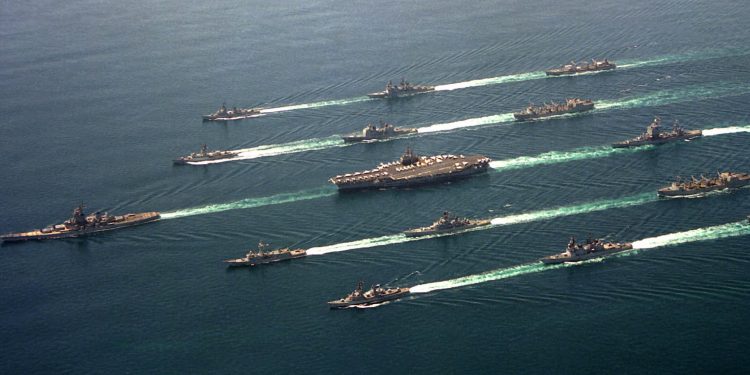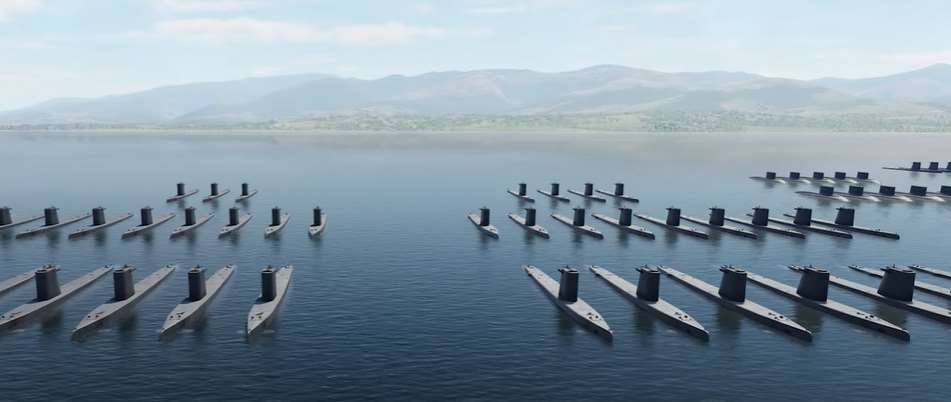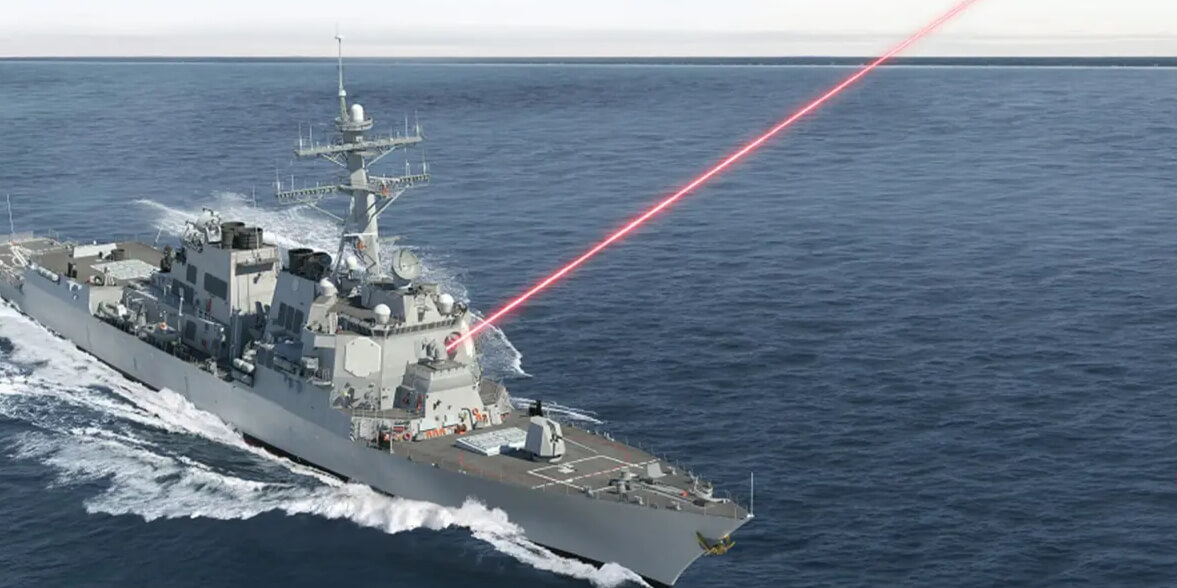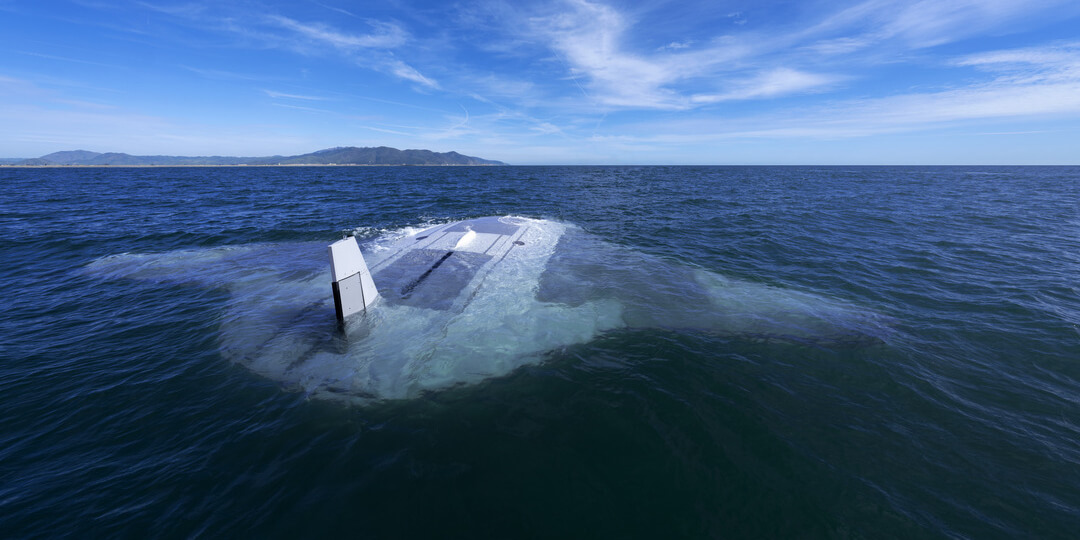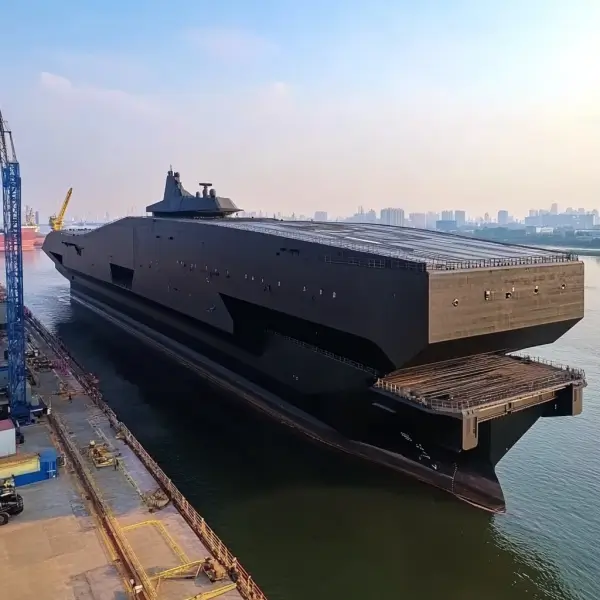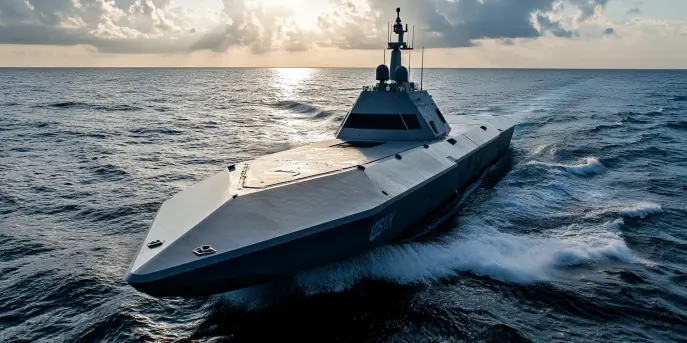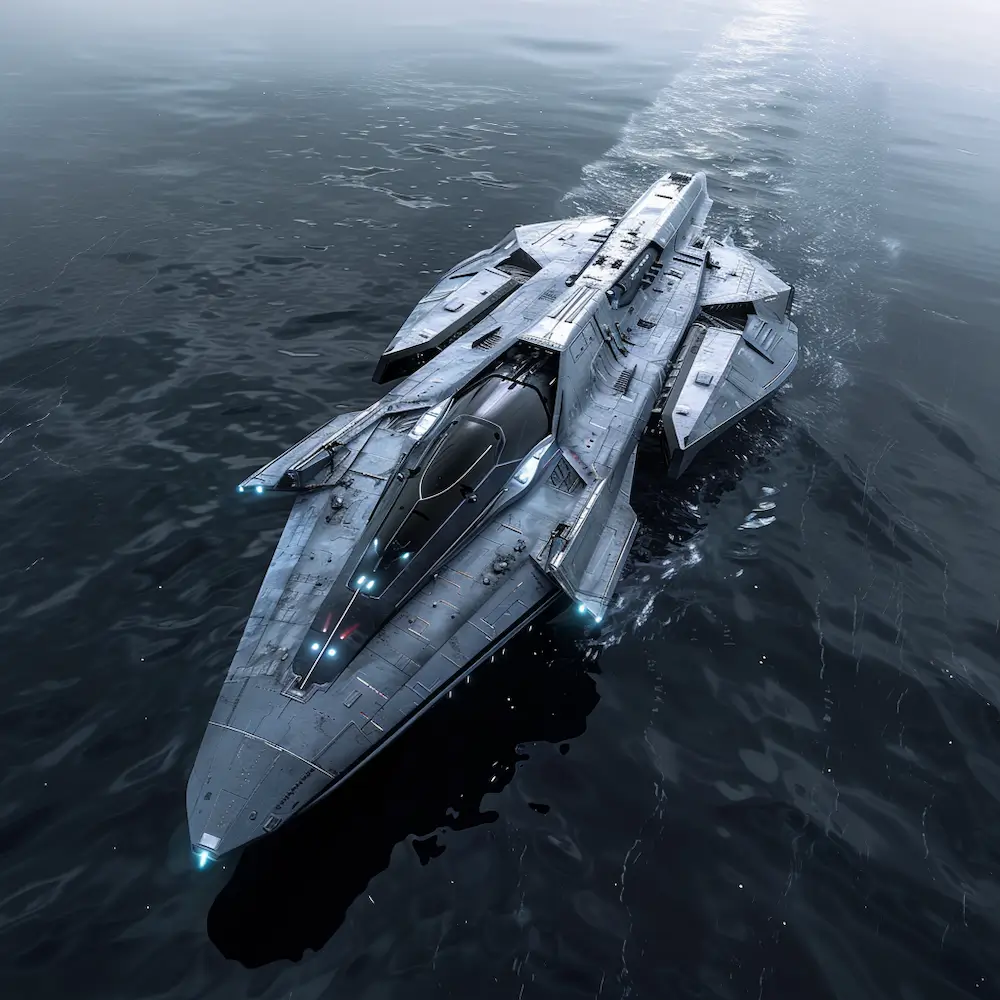The United States Navy is poised to bolster its maritime dominance with an ambitious shipbuilding plan that has created a significant buzz in defense circles. The 2025 shipbuilding plan signals a strategic pivot toward modernizing the fleet to address emerging global maritime challenges. The plan is not only a roadmap for technological advancements but also a clear message to potential adversaries about America’s unwavering commitment to maintaining a formidable naval presence.
Expanding the Fleet
The 2025 shipbuilding plan emphasizes a substantial increase in the number of operational ships. The Navy aims to expand its fleet size to over 355 ships by the end of the decade, aligning with the Congressionally-mandated goal set several years ago. This expansion will enable the U.S. Navy to project power and maintain operational readiness across critical global chokepoints.
Emphasis on Innovation
The United States’ latest naval strategy places a heavy emphasis on incorporating new technologies. Central to this plan is the integration of unmanned vessels, which are categorized into surface, underwater, and aerial systems. These unmanned systems will serve various roles, including reconnaissance, electronic warfare, and potentially even offensive operations, thus reducing risks to human personnel in hostile environments.
Here’s a detailed look at the expected ship enhancements:
| Type of Ship | Planned Enhancements |
|---|---|
| Destroyers | Advanced radar systems, increased missile capacity |
| Submarines | Stealth technology, extended range torpedoes |
| Aircraft Carriers | Integrated unmanned systems and energy-efficient propulsion |
| Littoral Combat Ships | Enhanced modularity for mission-specific configuration |
Strategic Partnerships
The plan also outlines an increase in collaboration with international allies. Through partnerships, the Navy seeks to strengthen collective maritime security, particularly in contested regions such as the South China Sea. Joint exercises, technological exchanges, and strategic port visits are expected to deepen alliances and enhance interoperability with allied navies.
- Joint Exercises: Regular military exercises to improve tactical coordination.
- Technological Exchanges: Shared development and implementation of defense technologies.
- Strategic Port Visits: Demonstrating presence and fostering international relations.
Challenges and Considerations
While the shipbuilding plan projects a strong forward vision, it faces several challenges. Budget constraints remain a significant hurdle, requiring careful allocation of resources to prevent overruns and ensure timely project completion. The modernization efforts also demand a highly skilled workforce—both in shipbuilding and across the operational Navy ranks to manage advanced systems efficiently.
Moreover, environmental considerations are increasingly influencing naval construction. The push towards greener technologies is not only about compliance with environmental policies but also about improving operational efficiency and sustainability of naval operations.
Impact on Global Naval Dynamics
The U.S. Navy’s shipbuilding plan will potentially alter global naval dynamics. With an expanded and technologically superior fleet, the Navy is expected to enhance its deterrence capabilities, especially in theaters where maritime security is pivotal to global trade and stability. Nations with competing maritime claims are likely to observe these developments closely, assessing their naval strategies in response to America’s enhanced capabilities.
In closing, the U.S. Navy’s 2025 shipbuilding plan reaffirms its commitment to not only maintaining but expanding its maritime dominance through advancements in ship capabilities and strategic alliances. As this plan unfolds, it promises to shape the future of global naval power and maintain peace in increasingly contested waters.
